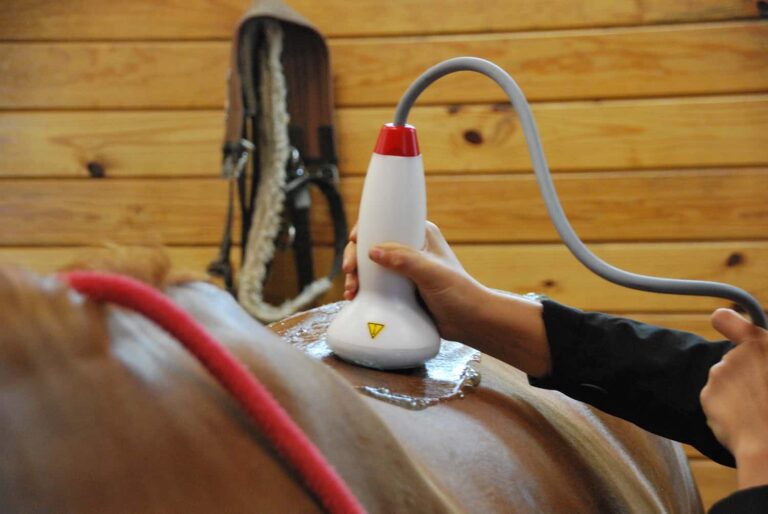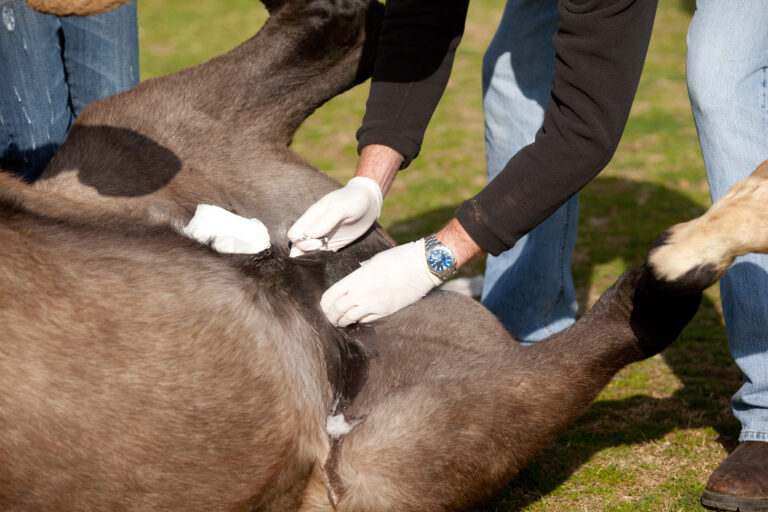
Whether you’re contemplating hiring your first employee or you’ve decided it’s time to expand your staff, the interview is necessary to get from posting a job opening to hiring.
The interview process can seem daunting. It’s not a process that practice owners or managers undertake regularly. Perhaps you’ve even delayed filling a position because you feel overwhelmed. As your practice continues to grow, you desperately need help filing paperwork, scheduling appointments or getting to the next client’s barn.
Don’t postpone the process any longer. First, approach the interview for every level position with the same level of commitment to the process.
“I would argue that at the core, hiring a veterinarian, vet tech or office position is not substantially different than hiring a production manager, a teacher, a mechanic, a CFO or a sales associate (at any other company),” said Ernest Hovingh, DVM, PhD, of Penn State University.
There are minor nuances that are unique to a specific position or profession and to the culture of an individual business or work situation, but in the end, hiring involves finding a “technically competent” and enthusiastic person who fits in with the culture, goals, attitudes, etc. of the business/ management/ownership.
“Obviously, if a clinic owner is looking to hire a board certified orthopedic surgeon he or she anticipates will become a business partner in the next five to 10 years, some questions might be slightly different than if the owner is looking to hire a temporary, part-time emergency veterinarian for maximum period of six months,” he said.
The process will probably be slightly different and a little more “intense” or in-depth for the potential partner.
“But hiring the wrong person even for six months can be quite detrimental to a business, so even that shouldn’t be done too casually,” he added.
With that in mind, read on for tips to help plan and execute an interview process that narrows down the field of candidates and leaves you with a good fit for your practice.
Have a Plan
Prior to posting an opening or inviting a candidate in for an interview, take the time to define exactly what you are looking for in an employee.
“Define the role you expect the individual to play in the practice, and outline the contributions and impacts you anticipate they will have in the business,” said Stacy Pursell, a recruitment and hiring specialist with more than 20 years in the veterinary industry.
Create a list of the skills and traits that are most important to you, write down a list of job duties, and define the compensation and benefits that will be offered. Having a clear idea of what you are looking for will not only help you choose between candidates, you’ll also be prepared to answer any questions the candidate might ask.
Enable Candidates to Perform Well
You’ll want to have an idea of how a candidate will respond under pressure or react to an unexpected situation, because client interactions are never scripted. But there are many ways to arrive at these conclusions without tricking or catching a candidate off guard. Keep in mind that group interviews are intimidating, especially when they are a surprise.
“Tell the candidate who will be involved with the interview process from the beginning. Let the candidate know if they can expect an individual, small group or group meeting,” Pursell advised.
Know the Candidate
The individual you invite in for an interview will spend time researching your practice. The candidate will try to learn as much as possible about the services you offer, the facility and the staff. The applicant will spend time on your websites or social media profiles looking for information that can be used as conversation starters and as clues to the practice’s culture and working environment.
Grant the interviewee the same courtesy. Network with colleagues who might know the individual and search for any professional work the person might have available on the web. Knowing a little about the person you’ll be interviewing creates a more comfortable atmosphere.
Don’t Worry About Silence
It’s human nature to feel uncomfortable about long pauses or silence. Fight the urge to fill the void with more conversation. Sometimes the most revealing information comes from a candidate when he or she has a moment to collect his or her thoughts before offering an answer.
Remember, the candidate, too, will feel the need to fill the gap, and in that pause might provide comments that give insight into an accomplishment, skill set or even problems that might not otherwise come to light during the interview.
The Questions
Formulating questions for the interview will take the most pre-interview time. Choose behavior-based questions that encourage the individual to elaborate on how he or she would respond in different scenarios. Look for open-ended questions that prompt detailed explanations.
“Dig deep and ask thoughtful questions that will help you understand what the individual has done in the past. This can provide a good indication of future behaviors,” Pursell said.
Skills and knowledge can be verified through degrees and continuing education, but characteristics and traits can only be revealed through conversations that push past the surface. Pursell recommended three questions that can accomplish this:
1. “Have you ever been in a situation where a client asked you to do something questionable? What was it, and how did you respond?”
2. “We often face conflicting priorities. When was the last time you faced this type of situation, and how did you respond?”
3. “When working with clients, we are often in a position where we promise more than we can deliver. Tell me about a time when you over-promised and under-delivered. What happened?”
Questions to Avoid
While you might devote the majority of your prep time to crafting questions that will help you get at the traits that you need in a employee, don’t forget to review the questions or topics you should avoid in an interview.
The federal Civil Rights Act prohibits discrimination in the hiring process, but it doesn’t outline a list of specific questions not to ask. Familiarize yourself with the general categories covered by the legislation. This includes family status, marital status, political or religious affiliation, race, age and more.
There might be times that a candidate reveals information about one of the aforementioned topics. For example, a female candidate might reveal that she is expecting. As politely as possible, direct the conversation back to the topic or question at hand and refer to company policy related to benefits as needed. Jot down a note in your notes that the candidate self-disclosed potentially sensitive information and that it was not solicited through a question.
Conclusion
If you still feel that the interviewing process is overwhelming, a recruitment firm that specializes in hiring for the veterinary industry might be your best option. “Recruiters identify people who are qualified and not even necessarily looking for a job,” Pursell said. “We can help you find the most qualified individuals.”
You, as the interviewer, have a great amount of responsibility for ensuring that the interview process is successful. Just as you are looking for a potential employee who shows up well-prepared, polished and professional, that applicant is evaluating you and your practice at the same time.
With planning, preparation and a list of thoughtful questions, you can lead a process that will help you both determine suitability.




